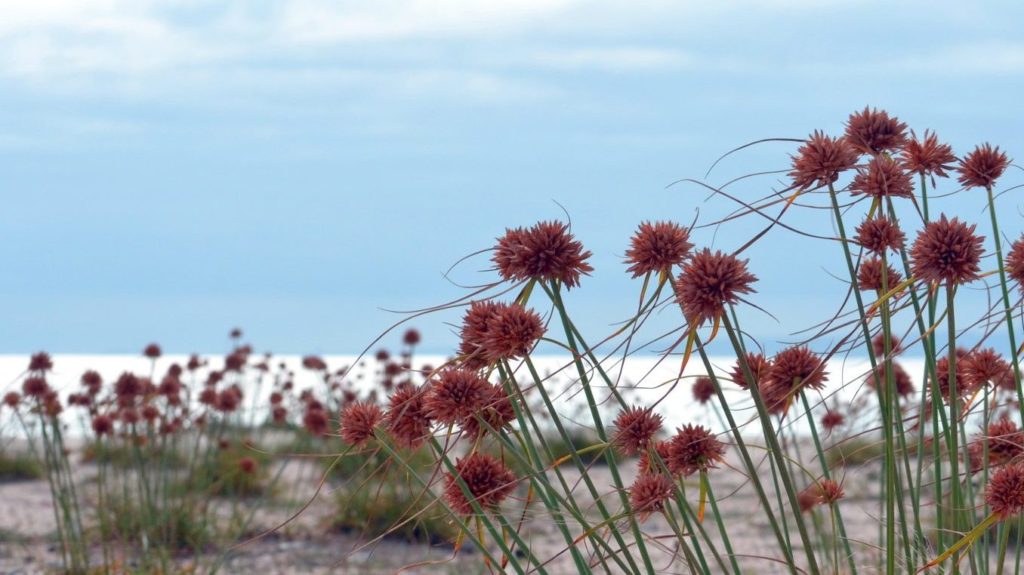Maio
The Forgotten Island

What to do
- Island Tour
- Relaxing
- Bathing
- Bird watching
- Turtle watching
What to see
- Salinas
- Morro
- Calheta
- Calheta de Baixo’s Beach
- Morrinho
- Pilão Cão
- Baía de Santana’s Beach
- Baía de Porto Cais Beach
- Real Beach
- Figueira da Horta
- Ribeira Dom João
Geography
Maio (in Cape Verdean Creole: Dja r’ Mai) is the easternmost of the Sotavento islands of Cape Verde.
Maio is located south of the island of Boa Vista and east of Santiago. The island is known for its sandy beaches and large forest, which is unusual for Cape Verde.
The island covers an area of 269 km². The tallest mountain on the island (436m high) is on the east coast, in a mountain range named Monte Penoso. Terras Salgadas is a plain filled with salt, in the far north. The northernmost point on the island is Ponta Cais. Bays includes Galeão and Santana to the north. The island’s main town is Vila do Maio, also known as Porto Inglês, near which lies the airport.
History
The island prospered around salt collecting in its early days of colonialism, with a little agriculture and grazing.
Nowadays there are two types of agriculture practiced in Maio: rain fed and irrigated. During the raining season products such as corn, beans, pumpkins and melons are being cultivated. Products that farmers cultivate year around are sweet potato, cassava, papaya, fig, coconut and tamarind. Goats, cows, pigs, chickens and donkeys are common on the island. Few people own a horse. Scarcity of water is the biggest problem for the locals.
Fishery is important and abundantly available. Tuna, sailfish and different coral fishes are some of the species being caught.
Tourism is slowly being developed, but until this day the economy is heavily supported by migrants who send money to their family on the island.The island was named Maio, Portuguese for “May”, after its first sighting on May 1, 1460. The island was populated years later.
The inconclusive Battle of Maio was fought between British and French frigate squadrons off the island’s southern coast on 23 January 1814 in the last stages of the Napoleonic Wars.
USS Yorktown was making its way to visit the nearby island of Santiago and some other African places, when it visited Maio on September 4. Instead of reaching its destinations, it sunk around the island on September 6 making it one of the first American ship, and likely its first sloop, to sink in Cape Verdean waters. The crew stayed in the island for over a month, until October 8, when the USS Dale arrived to pick up the crew and they were transferred to Portsmouth.
Drought and famine like the rest of the country also stroke Maio in the late 19th and the early and mid 20th centuries. Maio in its recent decades saw a slight growth in its population, which is nearly 10,000 today.
